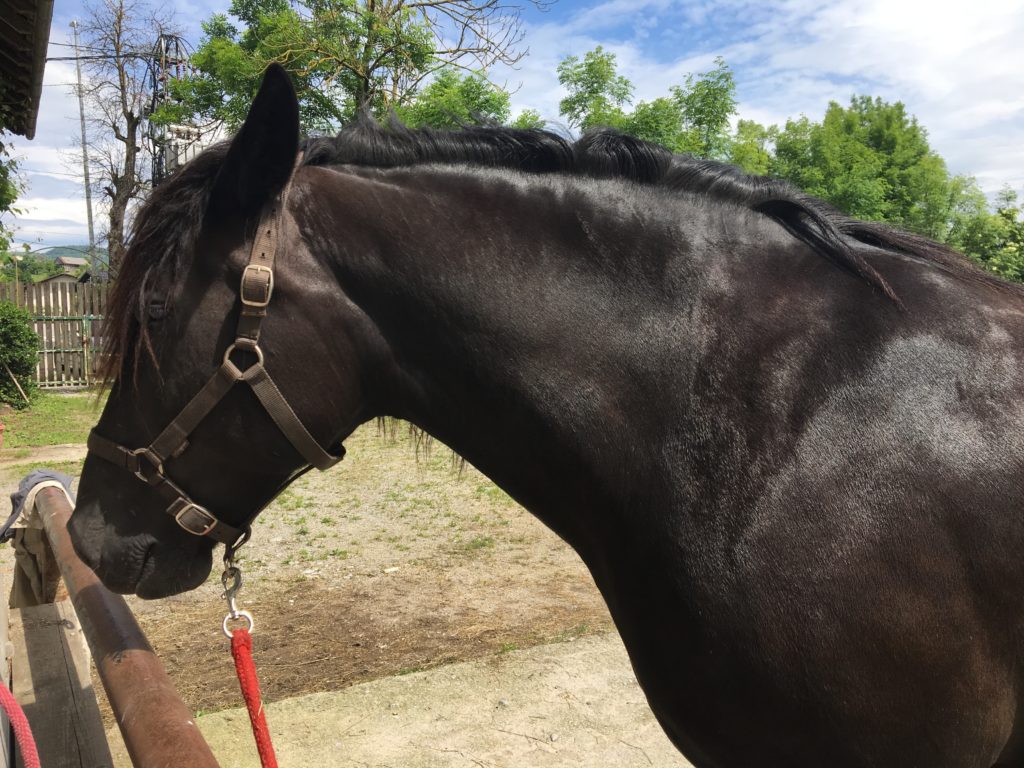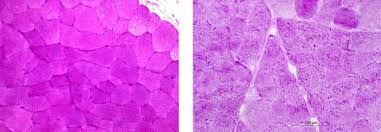INTRODUCTION
The neck is a part of the horse’s body that generally attracts a lot of attention. The proud neck posture, depicted in old paintings and statues is still regarded as an important quality in a horse. A strong neck with evenly developed muscles is a sign of correct training, but it can be a challenge to achieve it. Developing the neck takes time and patience and it cannot be achieved with shortcuts. The demands of training show up in the neck musculature relatively fast, which is why the neck can be an important indicator of (in)correct work. To better understand how the neck should be developed, we need to understand the basic anatomy and function of the equine neck.
BASIC ANATOMY
The foundation of the equine neck are seven cervical vertebrae that are located lower in the neck than one might think. The first two vertebrae differ from the rest in form and function, as they enable a greater variety of movements. The first cervical vertebrae (atlas), connects to the back of the horse/s skull (the occiput) and mostly enables up and down movement (some call this joint the “yes” joint), with some side to side movement when the joint is flexed. The joint between the first and second cervical vertebrae is built in a different way and enables rotation, which enables the horse to tilt his head. The rest of the joints of the neck are fairly similar to one another and mostly enable movement left and right and up and down. The movement of the neck is made possible by approximately twenty muscles of different sizes which enable the horse to move his neck in a myriad of different ways. An important element of neck function is the nuchal ligament, a strong fibrous band spanning from the poll to the spinous processes of the first thoracic vertebrae – the withers. The nuchal ligament is comprised of elastic fibrous tissue and acts as an energy storing mechanism during locomotion and feeding. With all its muscles, bones and connective tissue, the neck is a fairly complex structure. In order for the horse to develop a strong and beautiful neck, all its parts need to work in harmony. This is not an easy feat and it takes time for the horse to learn how to use his neck in a healthy way while carrying a rider.

Above: The neck is comprised of seven cervical vertebrae and more than 20 muscles. This structure enables the horse to use his neck as a balancing tool.
THE NECK AS A BALANCING TOOL
The head and neck represent about 10% of the horse’s body weight, which means they are very important in creating movement. The primary function of the neck during locomotion is maintaining balance. In order to do that, the movement of the head and neck must adapt to each individual gait. This is why the movement of the head and neck is different in walk, trot and canter – each movement type requires the head to maintain balance in a slightly different way. Harmonious movement requires the horse to change his head and neck position during movement. Because the head needs to be free to move, the muscles of the neck must be able to contract and relax as needed. If one muscle group ends up working too hard, the movement will lose its lightness and balance, as the constant tension in the muscles will create stiffness in the rest of the body.
Additional blog posts available for everyone signed up to the Equitopia membership program:
Part 2 of this article looks at how exactly the neck helps the horse to find balance and healthy movement under the rider.
Part 3 of this article looks at what you can do to keep your horse’s neck healthy and developing nicely.





